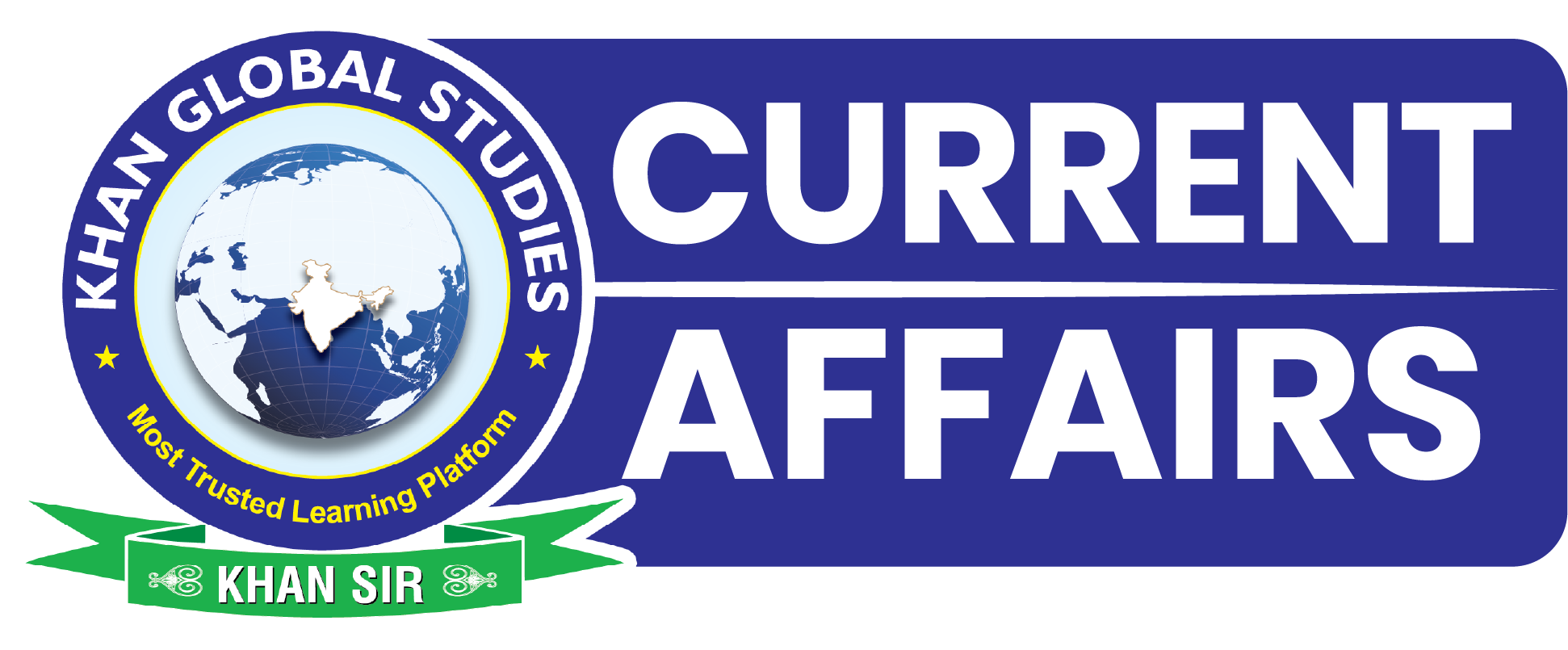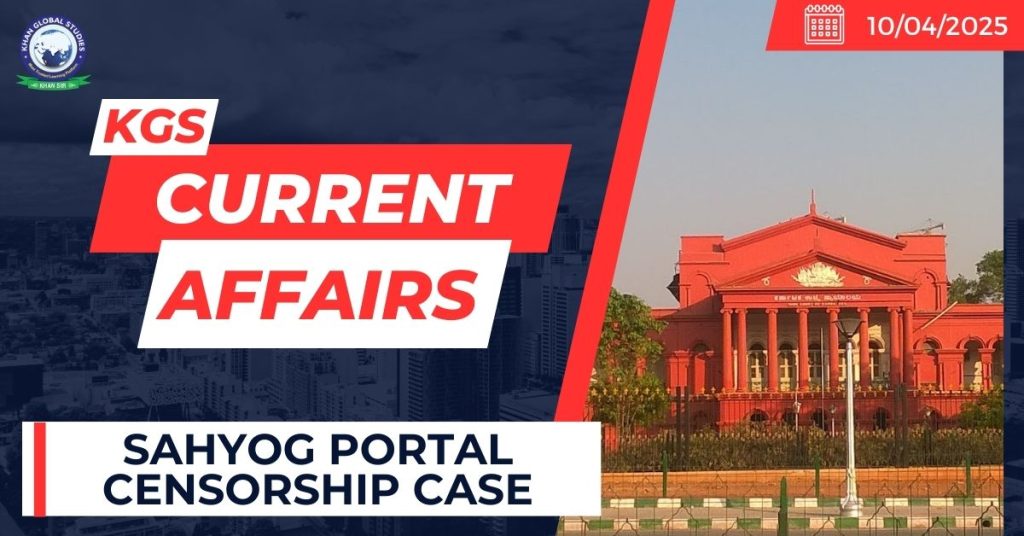Context:
The Karnataka High Court refused to grant interim relief to X Corp (formerly known as Twitter) in its plea against the Indian government’s content-blocking mechanism through the Sahyog portal.
More on the News:

- On March 5, X filed a lawsuit against the government challenging its directives to mandatorily onboard itself onto the Sahyog portal.
- The petition, filed in Karnataka, challenges what X describes as a misuse of India’s digital laws.
- Sahyog, which automates government notices to platforms, is already being used by Amazon, Google, and Meta. However, X has refused to join, labelling it a “censorship portal.”
- The government, however, maintains that the Sahyog portal is a compliance tool, not a censorship mechanism, and that no content is blocked without due process.
X’s Legal Arguments:
Challenge to the Legal Basis of Takedown Orders: It has filed a petition before the Karnataka High Court, contesting the Ministry of Electronics and Information Technology (MeitY)’s reliance on Section 79(3)(b) of the Information Technology Act, 2000 (IT Act) for content-blocking directives.
- The company asserts that such orders go against the procedural safeguards mandated under Section 69A of IT Act read with the Information Technology (Procedure and Safeguards for Blocking for Access of Information by Public) Rules, 2009, which requires:
- Written justification for takedowns.
- Judicial or authorised oversight.
- Valid grounds such as national security or public order.
Violation of Established Legal Precedents: It states that content removal must strictly adhere to
Section 69A’s procedural framework, or a valid court order, as affirmed by the Supreme Court in Shreya Singhal v. Union of India (2015).
- It further argues that Section 79(3)(b) cannot function as a standalone provision for issuing takedown orders, as doing so would undermine constitutional safeguards.
The company warns that SAHYOG’s implementation may be ultra vires and violate the Shreya Singhal judgment, which struck down vague censorship powers as unconstitutional.
Government’s Argument:
- The government has contested X’s characterization of its directives as “blocking orders”, clarifying that the Section 79 regime does not authorize such actions.
- Further, the government maintains that Section 79(3)(b) notices are separate from and complementary to Section 69A’s procedures.
About the SAHYOG portal
- The SAHYOG portal was developed to automate the process of sending notices to intermediaries by the government agencies under clause (b) of sub-section (3) of section 79 of the IT Act, 2000 to facilitate the removal or disabling of access to any information, data or communication link being used to commit an unlawful act.

